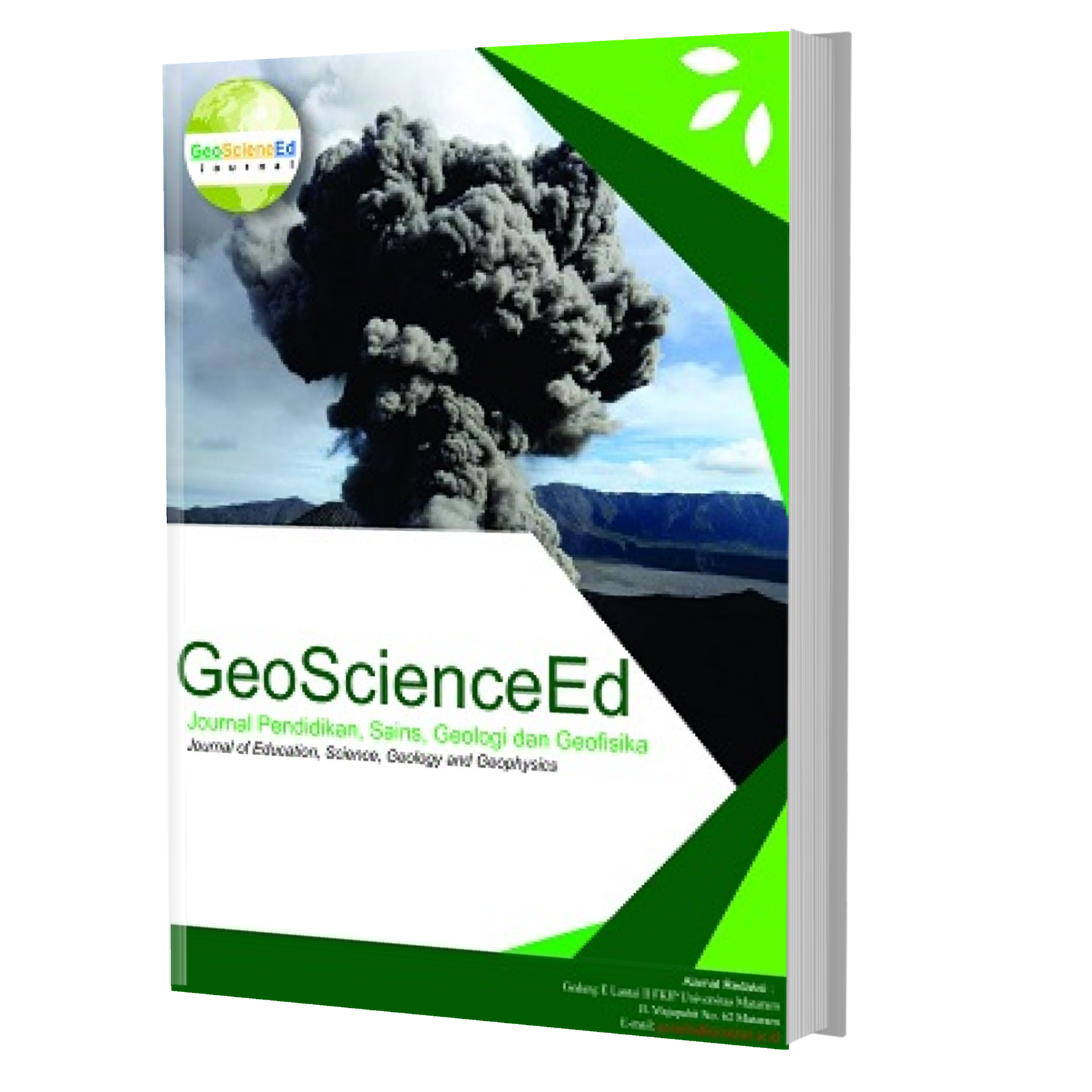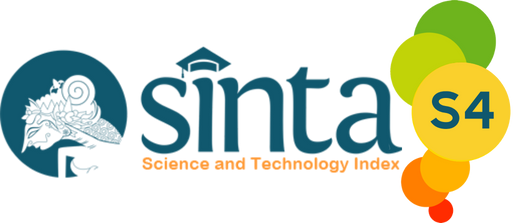Impact of Impulse and Impact Force: An Innovative Approach to Teaching Momentum in Physics
DOI:
https://doi.org/10.29303/goescienceed.v5i4.625Abstract
Momentum is a fundamental concept in physics that is pivotal for understanding the motion and behavior of objects. However, its abstract nature often makes it challenging for students to grasp. This study investigates an innovative teaching approach that incorporates impulse and impact force as tools to enhance students' comprehension of momentum. Drawing from the pedagogical philosophy of Prof. Yohannes Surya, who emphasizes practical application and interactive learning, we implemented a set of interactive demonstrations and problem-solving exercises to teach the concepts of impulse and impact force. This study was conducted in the Basic Physics course for the Biology Education Program at Mataram University. The results indicate that emphasizing impulse and impact force improves student understanding, enhances engagement, and bridges the gap between theory and real-world applications in physics education. The findings support the integration of hands-on activities and experiential learning as effective pedagogical strategies in teaching classical mechanics
References
Bryce, T. G. K., & MacMillan, K. (2009). Momentum and kinetic energy: Confusable concepts in secondary school physics. Journal of Research in Science Teaching, 46(7), 739–761. https://doi.org/10.1002/tea.20274
Cahyadi, V. (2007). Improving teaching and learning in introductory physics (Doctoral thesis). University of Canterbury, Christchurch, New Zealand.
Carmichael, A., Chini, J. J., Rebello, N. S., & Puntambekar, S. (2010). Comparing student learning in mechanics using simulations and handsâ€on activities. AIP Conference Proceedings, 1289(1), 89–92. https://doi.org/10.1063/1.3515256
Corben, H. C. (Herbert Charles), & Stehle, P. (1994). Classical mechanics (2nd ed.). Dover Publications, Inc.(Originally published in 1960, New York: Wiley).ISBN-13: 978-0-486-68063-7; ISBN-10: 0-486-68063-0
Duch, B. J. (1997). Problem-based learning in physics: Making connections with the real world. AIP Conference Proceedings, 399(1), 557–566. https://doi.org/10.1063/1.53153
Fang, N., Nielson, K., & Kawamura, S. (2013). Using computer simulations with a real-world engineering example to improve student learning of high school physics: A case study of K-12 engineering education. International Journal of Engineering Education, 29(1), 170–180.
Hirça, N. (2013). The influence of hands-on physics experiments on scientific process skills according to prospective teachers' experiences. European Journal of Physics Education, 4(1), 1–9.
Hong, JC., Chen, MY., Wong, A. et al. Developing physics concepts through hands-on problem solving: a perspective on a technological project design. Int J Technol Des Educ 22, 473–487 (2012). https://doi.org/10.1007/s10798-011-9163-7
Khalid, A., & Azeem, M. (2012). Constructivist vs traditional: Effective instructional approach in teacher education. International Journal of Humanities and Social Science, 2(5), 170–176.
Marshman, E., & Singh, C. (2015). Framework for understanding the patterns of student difficulties in quantum mechanics. Physical Review Special Topics - Physics Education Research, 11(2), 020119. https://doi.org/10.1103/PhysRevSTPER.11.020119
Morrison, M. (2015). Reconstructing reality: Models, mathematics, and simulations. Oxford University Press. https://doi.org/10.1093/acprof:oso/9780199380275.001.0001Figure 1. Attached figure in article
Pandya, V., Monani, D., Aahuja, D., & Chotai, U. (2024). Traditional vs. modern education: A comparative analysis. International Journal of Research and Analytical Reviews (IJRAR), 11(2), 1–12. https://doi.org/10.1234/ijrar.2024.v11i2
Schwichow, M., Zimmerman, C., Croker, S., & Härtig, H. (2016). What students learn from hands-on activities. Journal of Research in Science Teaching, 53(7), 980–1002. https://doi.org/10.1002/tea.21320







